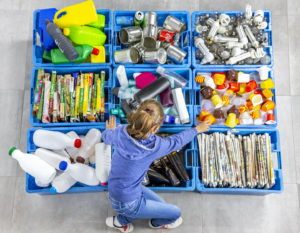
 Post Category - WellnessWellness - Post Category - HealthHealth
Post Category - WellnessWellness - Post Category - HealthHealthDo you find you – or your kids – struggle extra hard with allergies here in Singapore? Our humid climate is particularly conducive to nasty mould, which could be the culprit. One family shares their experience.
Please welcome Aussie mama Lyn Mantle to share her family’s firsthand experience with mould in Singapore (yuck!). Her husband was so dissatisfied with the options for fighting mould here, in fact, that he got certified himself. Read on for the major warning signs along with their top tips for fighting mould.
We can speak personally about the health affects of Mould through our experiences with our youngest son. Since a young age he had suffered from some allergy symptoms such as skin irritation, nasal and chest infections, but over his five years at school in Asia these symptoms intensified. During this time he was prescribed repeat courses of Klacid for Mycoplasma after presenting with symptoms of extreme tiredness, cough, heavy chest, lethargy, colds and itchy sensitive skin.
Back home, in Australia, both before arriving in Singapore and when back on holidays, we had him checked for everything from dust mites to food allergies, with kinesiologists, dieticians, and medical specialists. Mould was not in consideration at that time. We tried a range of remedy options including elimination through diet, creams and dust covers for all bedding, but were not fully satisfied.
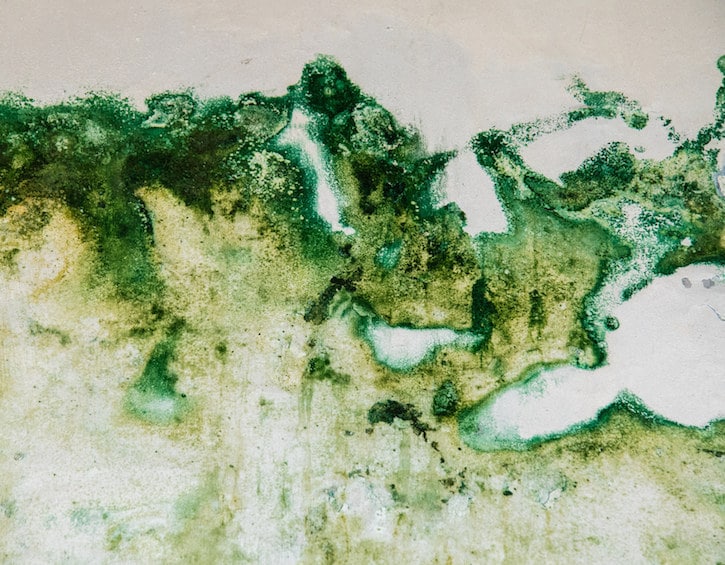
Meanwhile, we were experiencing mould smells in our rented house and had started to look at our environment as a potential cause for his conditions. We were also not comfortable with putting him on high doses of antibiotics. Through a process of research and elimination we considered mould to be a major cause of irritation for him and worked at reducing his exposure to it by disinfecting the walls and AC units by chemical cleaning them. We removed as much mould as possible and eventually when we left that lease, his symptoms reduced and his general health improved.
We were living in a freestanding house off Bukit Timah Road. The house was old and had been freshly painted for our lease. Kitchen cabinets were raw, unsealed, MBF-type timber inside and were wet under the bottom ledge from a leaking kitchen pipe, which become apparent after a short while.
In our lease agreement we were required to maintain regular servicing of the AC units, which we did quarterly. However, no mention was made of chemical cleaning them. A short time into that lease the smell of mould intensified and our agent merely became defensive at our requests to assist the control of it. Her offer was to repaint the walls with local paint, with no solution offered for removal of the mould nor to assist with the condition of the kitchen cabinets.
It’s important to note that ALL paint brands will instruct “mould spores must be killed prior to painting”, as painting over mould only increases its growth and spread.
We also needed to address the AC units, as these were another area where the mould had taken hold. By the end of that lease the mould smell was so strong through the bedrooms and kitchen it was becoming unbearable to live with.
My husband is a Hazardous Materials Surveyor within the shipping industry, with 12 years experience. He brought home a range of equipment to assess our property — air pumps for mould testing, a thermal imaging camera and a range of other equipment.
The results were staggering; mould was everywhere – there was mould hidden underneath the paint in almost all the rooms, on surfaces, and also it was airborne. The internal components of the AC units showed the mould had taken hold and in fact we were just recycling the spores back into the room.
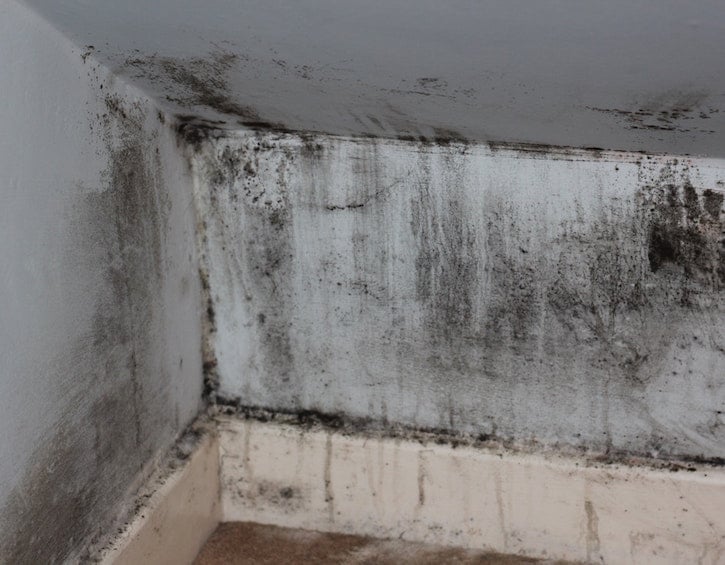
We searched for knowledgeable assistance in Singapore and found limited choices: Either a local company that simply sprayed Tea Tree Oil for mould remediation (no proven efficacy), or some companies that employed strong toxic chemicals sourced from China.
Andrew then researched how best to treat it through other industry professionals. Since that time he has completed courses in both the US and Australia to become a certified Mould Remediation specialist.
MouldGone.com commenced operation in 2016 and continues to source a range of Thyme-based botanical, non–toxic cleaning products from the US, with FDA approval for safe use around children and pets. These products are specifically designed to kill mould.
With the use of a thermal imaging camera MouldGone surveyors inspect a property, determine the source of the problem and advise solutions. A detailed property assessment is provided for tenant and landlord, listing issues and a course of action to resolve the problems.
This report is used to enable tenants to either move forward with their lease, or as has happened in a number of cases, to terminate a lease due to unbearable living conditions and/or serious health issues. If warranted, a full cleaning and remediation service is available for house and furniture.
MouldGone also is able to provide chemical cleaning of AC systems using US-imported, FDA-approved specialist chemicals, which have the lowest permissible toxicity rating while still being effective.
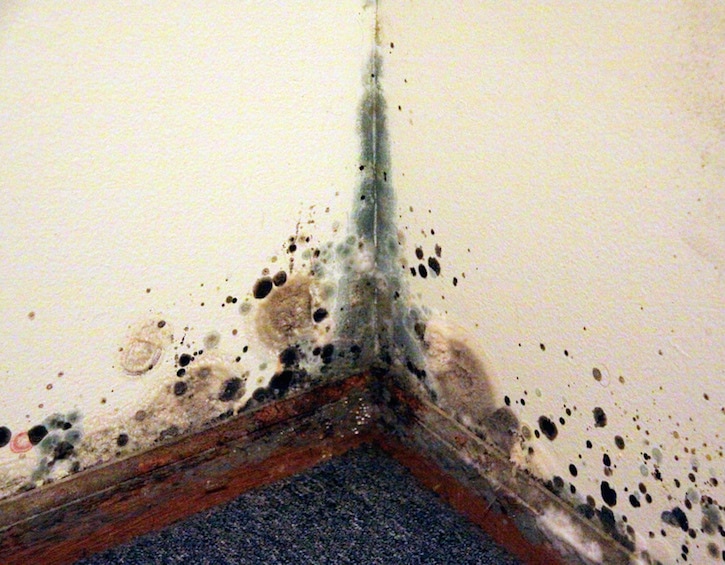
Painting is another area that needs to be addressed and MG will suggest the correct anti-mould paints to protect against mould returning.
Further to this we have sourced a range of environmentally friendly, minimal plastic, biodegradable moisture absorbers – Thirsty Camel – which are much longer lasting than the store bought ‘Hippo’-style products.
Mouldgone strongly believe education is a must to combat this problem, especially for expats arriving in Asia with limited knowledge on the damaging effects mould can have on health. Andrew has had great success with free educational sessions held in a group forum. Some of the points he stresses:
TIPS:
- Don’t open doors and windows immediately after nighttime AC use when the room is still cold.
- If your AC system has ‘Dry Mode’ learn how to use it.
- Increase airflow with fans ! If you have them use them. If not, get them.
- Humidity: reduce it if its high within the house via the above methods, plus by using moisture absorbers in cupboards (such as Thirsty Camel etc.) and a by using a de-humidifier.
- Get rid of clutter, dirt and debris … Mould loves it.
For more info on the potential harmful effects of mould to your health, check out:



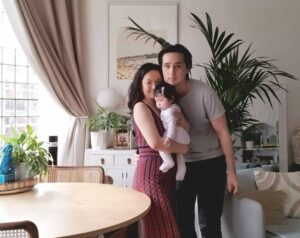


 View All
View All




 View All
View All









 View All
View All



